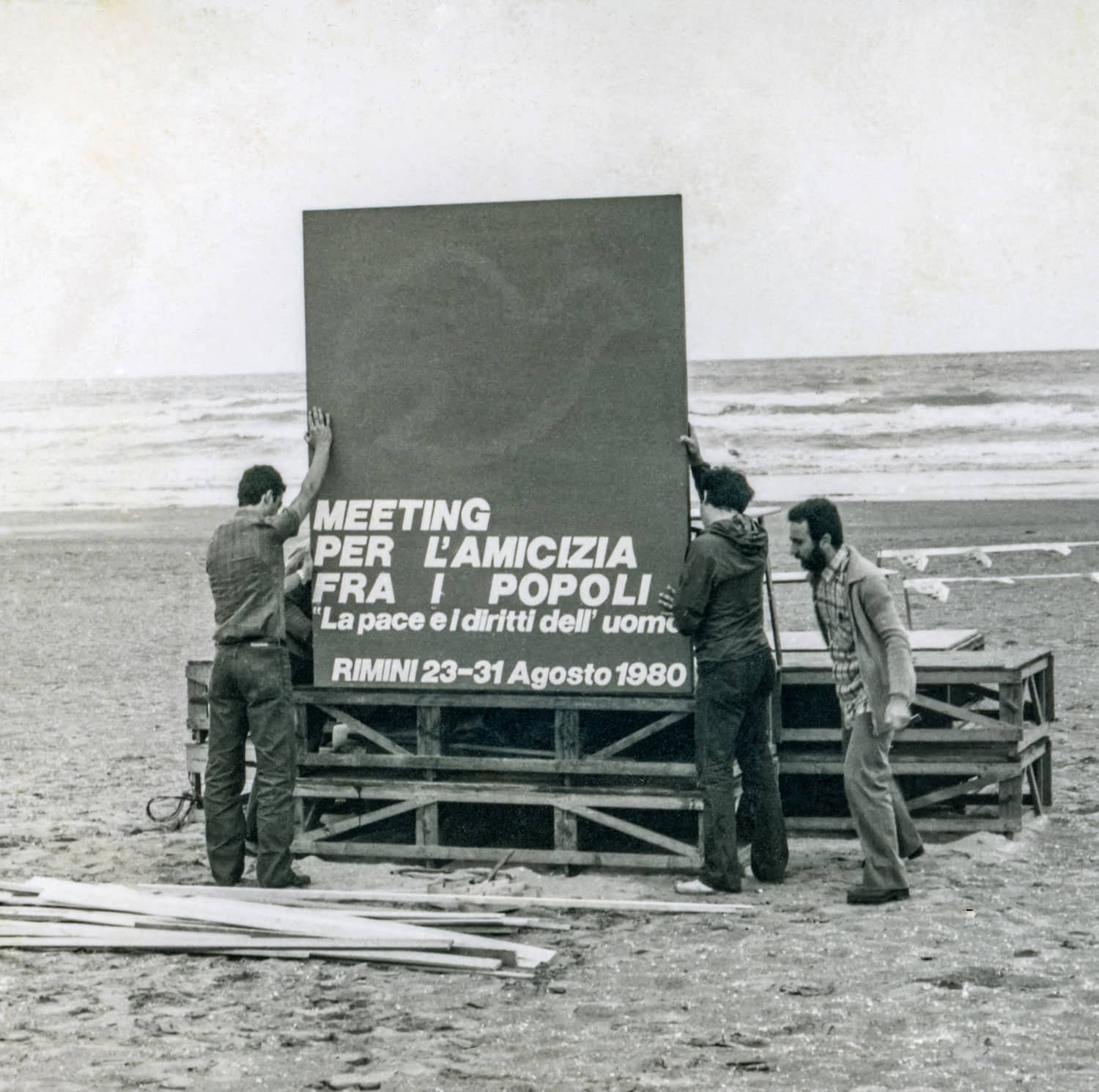Etemenanki. Searching for the Babel Tower
The Tower of Babel has always been seen as the paradigm of the “demented flight”, the attempt to mount a challenge to God relying on human strength alone, and at the same time an experience of limitations, the imperfection of creatures who trust only to themselves, resulting in division and incommunicability. But in exploring this great event more deeply, we discover that the adventure of the Tower of Babel is far more complex and articulated. Rich in significances, not only cultural, but of evident traces which testify to its existence. Yes: because the Tower not only existed but its remains can be identified.
The exhibition “Etemenanki: The Search for the Tower of Babel” seeks to retrace the incredible biblical story and its medieval ramifications, down to the historical setting, the archeological evidence, and the religious meanings embedded in allegory and metaphor.
The exhibition begins above all from Genesis 11, as well as with excerpts from apocryphal texts. “The whole world spoke the same language, using the same words. While men were migrating in the east, they came upon a valley in the land of Shinar and settled there.
They said to one another, ‘Come, let us mold bricks and harden them with fire.’ They used bricks for stone, and bitumen for mortar.”
But where was the plain of Shinar and does that meticulous description which specifies pitch instead of lime and fired bricks corresponded to the truth? Did the tower of Babel really exist, and the did the scattering of languages really take place?
This was what the men of the Middle Ages asked themselves, too, and the second section will illustrate the journey of Benjamin of Tudela, a Spanish Jew, who with the intent of visiting the Jewish communities, traveled widely. As he was journeying through Mesopotamia he believed he had found the tower of Babel in the Ziggurat of Barsippa, though contemporaries preferred to identify it with the magnificent minaret of Samarra.
In the third section we move forward to the true context. The withdrawal of the waters after the Flood and the repopulation of the Valley of Shinar, the Valley of the Tigris and the Euphrates. Above all we have to start from a recognition of the fact that the mountain where the Ark came to rest is not the present Mount Ararat, but Mount Pira Magrun, which is much closer to Babylon, on the border with Iran, close to the mountains from which descended the men who built the Tower. The natural context will also be illustrated, together with the civilizations which populated Mesopotamia.
The fourth section will be devoted to Babylon, the great city whose presence dominates at least two millennia of history. There will be reproductions and reconstructions. Documentation of the excavations and research now under way will enable visitors to comprehend the reality of this metropolis which, repeatedly destroyed, was capable of rising again and presenting an inescapable point of reference for all the immense east.
The fifth section will illustrate the meaning of the ziggurats, the towers of Mesopotamia. The Ziggurats were structures that enabled the deity to make contact with men. From high in the heavens, the god could “set his feet” on the building in which the Tower culminated, perhaps resting himself before descending to the temple on ground level.
Then visitors will reach the heart of the exhibition: the excavations in Babylon which have brought to light the remains of the Etemenanki, “The foundations of heaven and earth.” The gigantic tower, whose extraordinary volume was described by Herodotus: 90 meters high, it dominated the plain of Shinar. Rebuilt at least four times, at first it was made of unfired bricks, then it was rebuilt with millions of fired bricks bound with pitch! In the reign of Nebuchadnezzar, the Jews who had been carried away into captivity also worked on it. Images of the excavations and some original relics will enrich this section.
The two final sections will illustrate the diversity of languages and the deep significance of the “mystery” of the tower.
In short, this is a cultural, religious and scholarly adventure of the greatest significance. The images and texts will be accompanied by original exhibits, bibles dating from the sixteenth and seventeenth centuries, reproductions of cuneiform tablets, cylinder seals, models and reproductions of interiors. Finally there is the excitement of seeing a fragment of a brick from the Tower of Babel, witness to a rash challenge but also the recognition of Otherness. As protagonists.
Curated by Claudio Saporetti.
With the collaboration of Serena Ticca, Paolo Pasini, Bruno Biotti.










